
Sewing by hand is a valuable skill to have, whether it’s for making repairs or creating beautiful handcrafted projects. Understanding basic hand stitches is essential for any budding seamstress or tailor. This article will guide you through some of the most commonly used hand stitches and their applications.
The Running Stitch
The running stitch is the most fundamental and straightforward hand stitch. It involves passing the needle in and out of the fabric repeatedly, creating evenly spaced stitches. This method is ideal for basic sewing, basting, gathering fabric, or mending seams.
The Backstitch
The backstitch is a stronger alternative to the running stitch. This stitch creates a solid line of stitching that is useful for sewing seams, reinforcing fabric, or attaching buttons. It involves overlapping the previous stitch with each subsequent one, ensuring a secure hold.
The Slip Stitch
The slip stitch is nearly invisible when done correctly, making it perfect for hemming garments or closing openings in fabric. It involves passing the needle through the folded edge of the fabric and catching only a few threads from the front side, resulting in discreet and neat stitches.
The Blind Hem Stitch
The blind hem stitch is specifically designed for creating nearly invisible hems. By alternating small stitches that catch a few threads of the fabric with longer stitches that catch only a tiny portion, the resulting stitch is virtually hidden when viewed from the right side. This technique is commonly used in formal wear or delicate fabrics, providing a professional finish.

The Whipstitch
The whipstitch is an excellent hand stitch for joining fabrics with raw edges or attaching trims. It involves passing the needle over the edge of the fabric in a diagonal motion, securing the pieces together. This stitch is quick and versatile, commonly used in quilting, appliqué, or repairing tears.
The Overcast Stitch
The overcast stitch is perfect for preventing raw fabric edges from fraying. It involves passing the needle over the edge of the fabric in a zigzag motion while catching a few threads at a time. This stitch is frequently used on seams that are likely to experience stress or in unfinished edges of garments.
In Conclusion
These are just a few of the essential hand stitches that every sewing enthusiast should be familiar with. Understanding and practicing these stitches will enable you to handle various sewing projects with confidence and precision. Remember, practice makes perfect, so grab some fabric, a needle, and thread, and start mastering these hand stitches today!
Happy Sewing!
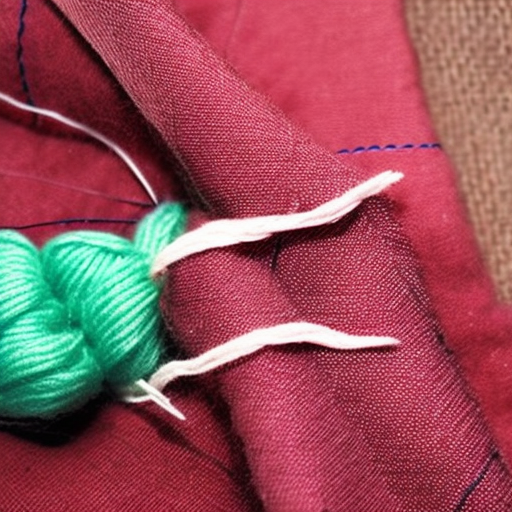
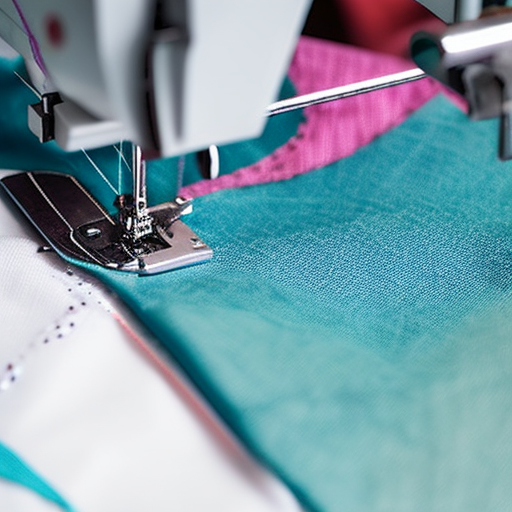
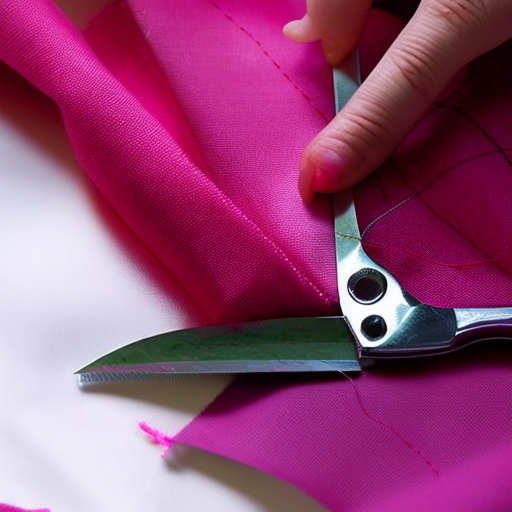
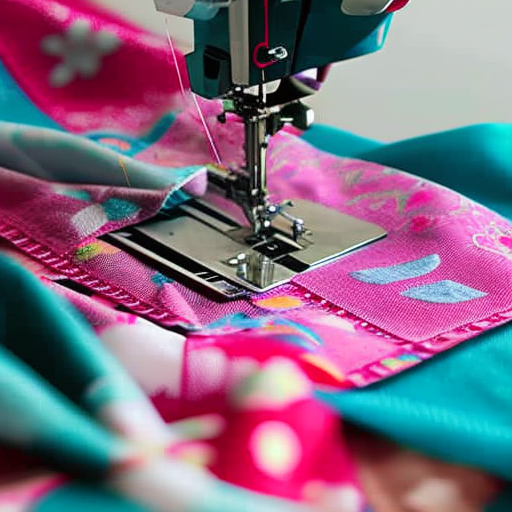
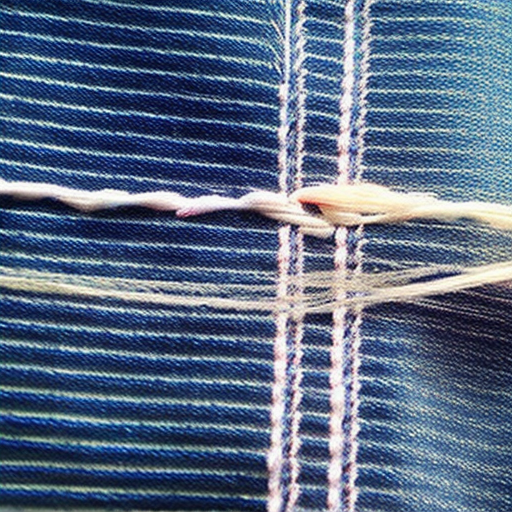
This is amazing! #handstitches
Jill Haber: Such a helpful article!
This is the perfect resource for anyone looking to learn the basics of hand stitching – whether you’re a beginner or experienced sewer, there’s something here for everyone! #handstitches #sewing #beginners
This is great! Learning how to do basic stitching is the first step towards becoming a Master of the Sewing Arts! #handstitches #sewing #masterofthesewingarts
Great resource for starting out with hand stitching! It covers all of the fundamental stitches that are great to know. #handstitches #sewing #fundamentalstitches